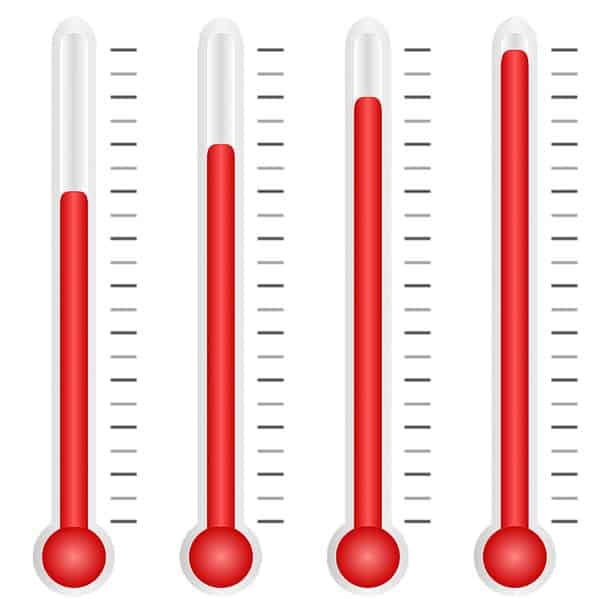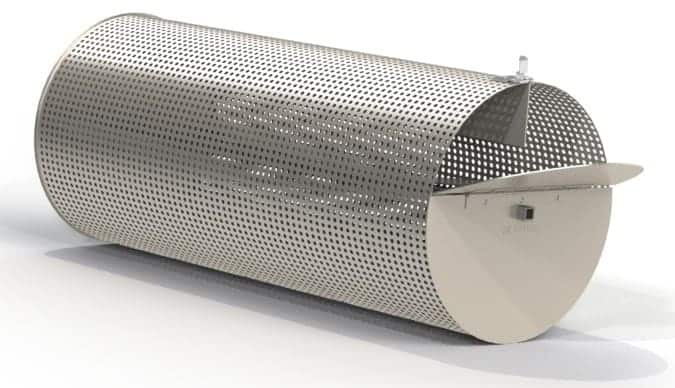
The Difference Between Roasting Temperatures Explained
One of the questions that we frequently get is “Why do RK Drums roast with higher roasting temperatures than X Roaster.” So we wanted to clear up the reasons why there is a temperature difference between the RK Drums roasting system and other roasters.
The difference here lies in the fact that with the RK Drums stock setup, we are measuring the ambient air temperature around the drum, and not the bean temperature directly. It takes a higher than normal temperature to transfer the heat energy into the bean mass. For example, we may roast at 500F, which imparts a greater heat into the roast chamber, this greater heat is necessary to elevate the bean temperature to what we need to roast properly. For example, we know that water boils at 212F. This is a known fact from science, and it never changes. This fact can be depended upon day in and day out. First crack then, is the boiling of this water in the bean, and the sound that first crack makes is the sound of this steam escaping the bean. So at that moment, we know the bean mass is reaching the boiling point, around about 212F.

This elevated temperature in the chamber must be transferred to the bean mass over time, and the bean mass temperature will lag behind the chamber temperature. While ideally, we’d love to have a probe in the beans, it’s not especially convenient or inexpensive to accomplish. See this article for further clarification on that subject.
For this reason, we utilize the relative chamber temperature, which will always be higher than the bean temperature in most cases. This more artisan method of roasting, using relative chamber temperature allows us a different technique in roasting, where we use time to target our roast and use temperature as a somewhat-secondary indicator. Even so, this method still gives us accuracy to within about 10 seconds. Hope that clears up some things.


